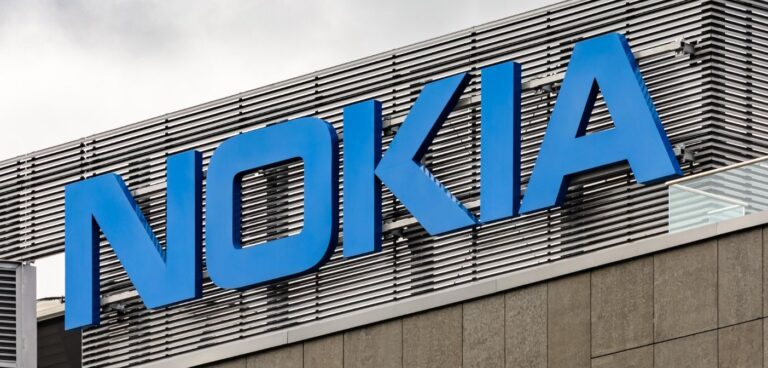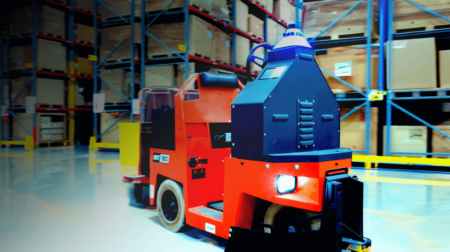Telecommunications firm Nokia has announced a collaboration with Flex Brazil, a multinational electronics company, to deploy 5G SA private wireless networks in its manufacturing facilities in Brazil.
Initial use cases will be focused on increasing wireless applications and looking at the possibilities for reliable 5G connectivity, mass transfers of operational data and improved flexibility with shop floor layouts.
Marcelo Marcomini, Industry 4.0 executive for Flex Brazil, said: “We welcome the collaboration with Nokia to join us on this journey to expand the scope of our solutions by integrating Nokia’s 5G private wireless expertise to improve our current operations efficiency and prepare for the future of manufacturing at the same time.”
Nokia Digital Automation Cloud (Nokia DAC) has been named as the private wireless on-demand service provider for the collaboration, in addition to MX Industrial Edge computing and digital-enabling applications.
Both firms have had long-term ambitions to implement Industry 4.0 solutions in supply chains and manufacturing verticals and to use 5G technology to make operations more efficient and cost-effective.
Flex, which has more than 100 sites worldwide, provides technologies for manufacturing and supply chain operations, including advanced simulation, automation and robotics, analytics, IoT and additive manufacturing (3D printing). Private wireless can be a key enabler of digital transformation and can increase efficiency, agility and sustainability.
Nokia DAC will combine plug-and-play 4.9G/LTE and 5G ‘industrial-grade’ network connectivity with onsite edge computing to enable data management and processing. In turn, this will support certain smart manufacturing applications, including predictive maintenance and remote operations, among others.
Nokia’s Network Digital Twin solution creates a digital twin of a private 5G network and its connected devices. The product is designed to help companies, such as Flex, oversee network operations in real time and predict maintenance needs and potential downtime with greater notice. This can support reduced disruptions in production and improve factory efficiency.








